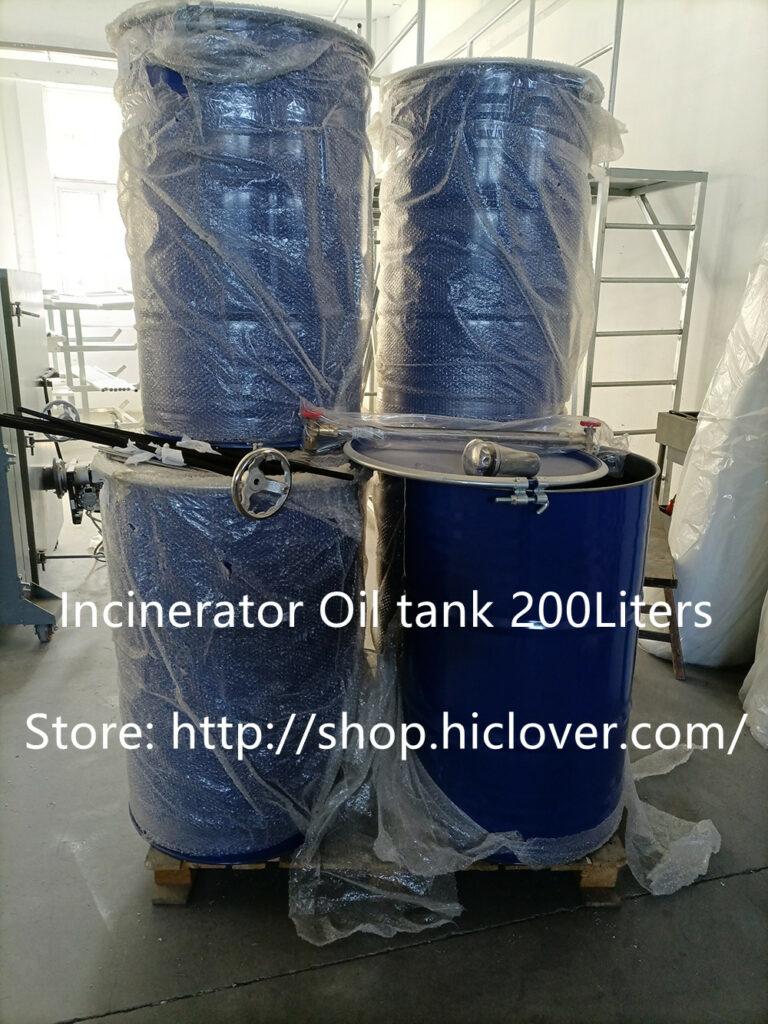From Waste to Energy: The Promise of High-Powered Incinerators
As the world continues to grapple with ever-increasing amounts of waste, finding sustainable and efficient ways to manage and dispose of this trash has become a pressing issue. One potential solution that has been gaining attention is the use of high-powered incinerators to convert waste into energy.
Incineration has been used for centuries as a method of waste disposal, but modern incinerators are far more advanced and efficient than their predecessors. High-powered incinerators are designed to burn waste at high temperatures, typically between 1,600 and 1,800 degrees Fahrenheit, in order to ensure complete combustion and minimize toxic emissions.
The promise of high-powered incinerators lies in their ability to not only reduce the volume of waste that ends up in landfills, but also to produce energy in the form of electricity or heat. This dual benefit makes them an attractive option for municipalities and organizations looking to reduce their environmental impact and energy costs.
When waste is burned in a high-powered incinerator, it releases heat energy that can be captured and used to generate electricity. This process, known as waste-to-energy, not only reduces the need for fossil fuels, but also helps to offset the greenhouse gas emissions associated with traditional waste disposal methods.
In addition to producing energy, high-powered incinerators also have the potential to reduce the volume of waste that ends up in landfills. By converting solid waste into ash, incineration can significantly reduce the amount of space needed to store trash, thereby extending the lifespan of existing landfills and reducing the need to create new ones.
However, the use of high-powered incinerators is not without controversy. Critics argue that the process of burning waste releases harmful pollutants into the air, including dioxins, heavy metals, and other toxic substances. While modern incinerators are equipped with advanced pollution control technologies to minimize these emissions, concerns about air quality and public health remain a valid consideration.
Despite these concerns, high-powered incinerators continue to be seen as a viable and potentially valuable tool in the quest for more sustainable waste management practices. As technology continues to advance, the potential for incineration to become even more efficient and environmentally friendly is becoming increasingly promising.
In the end, the use of high-powered incinerators as a means of turning waste into energy presents both challenges and opportunities. While there are valid concerns about the environmental and health impacts of incineration, the potential benefits in terms of reducing landfill waste and producing clean energy cannot be ignored. With continued research and development, high-powered incinerators could play a vital role in the transition towards a more sustainable and efficient waste management system.



